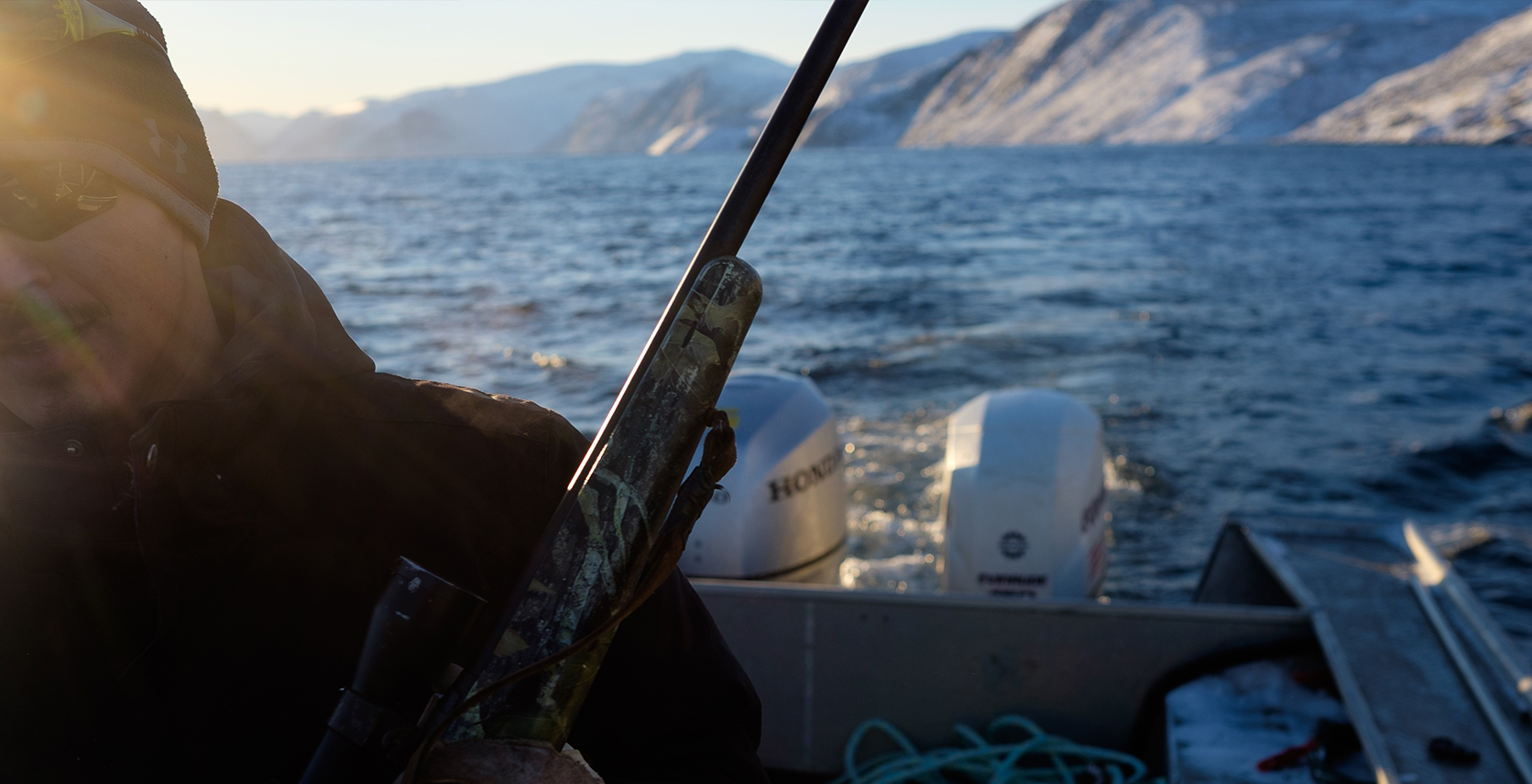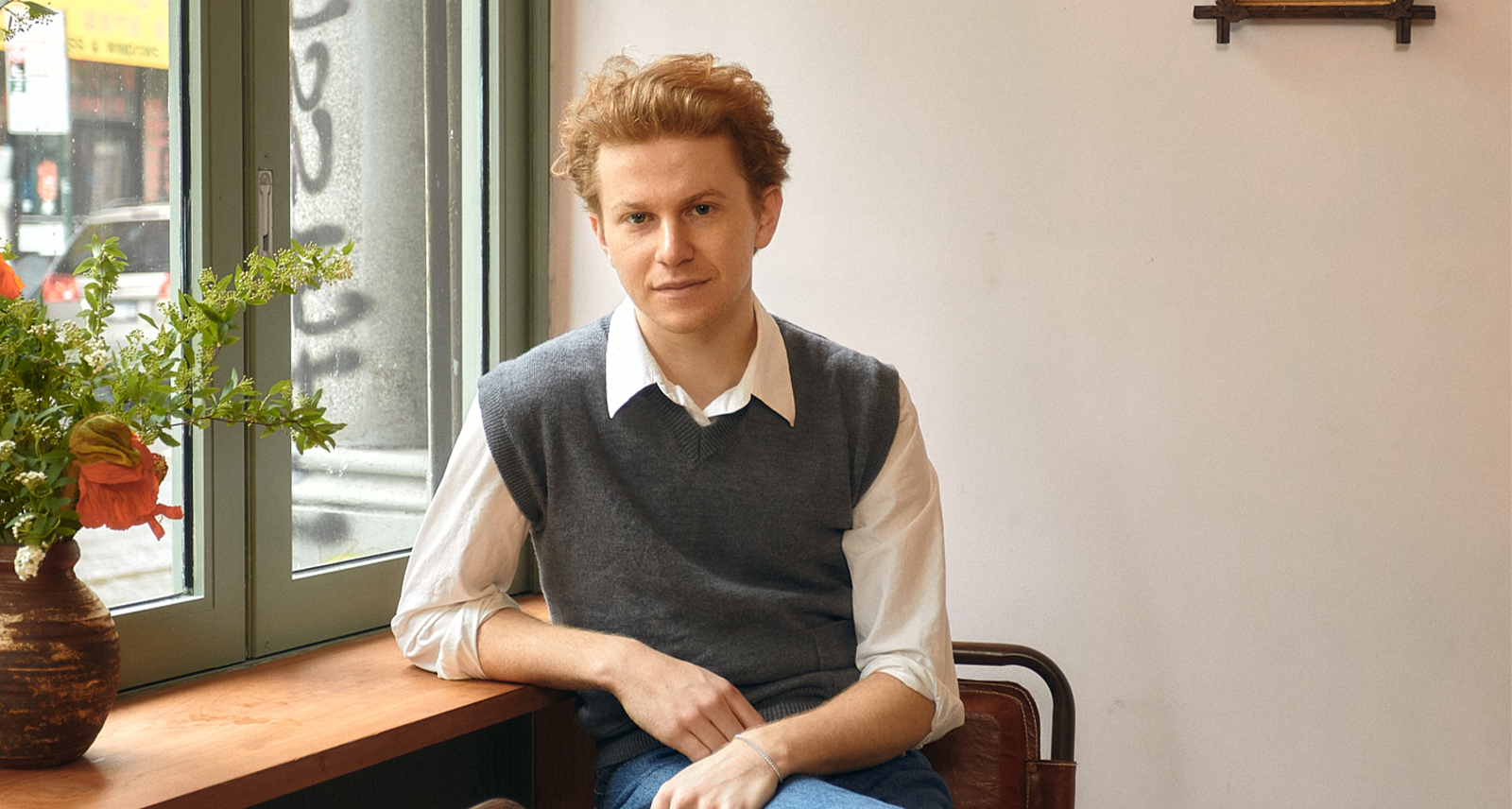Hipster Hunters Are Gaining Likes — and Enemies — in Canada’s Hinterlands
Two years ago, Jason Cousineau was a vegetarian. Last year, he went hunting.
It was a gradual shift, from vegetables to locally sourced meat and then to the forest itself. The Toronto barber, along with a small group of men, spent days shivering in the Ontario backcountry last November, waiting through bouts of freezing rain until their dinner arrived. “If you sit and don’t move, the world forgets you’re there,” says Cousineau. A red fox strolled metres from them, unaware of the men and guns crouched nearby. Then, a doe. It wasn’t Cousineau who pulled the trigger — “I haven’t had that honour yet” — but it went down with one shot, its body tumbling onto a bed of leaves. The group dressed the deer, parcelling off thick cuts of meat. Later that week, they feasted at the hunting camp near Bancroft, Ontario, pairing the fresh venison with a game meat stew and elk flank. All of the food had come from within two kilometres of where he now sat. “There was something warming about eating truly local,” he says.
Hunting is once again gaining popularity with those far removed from its traditions: young urban professionals (and, occasionally, former vegetarians like Cousineau) concerned about the quality — and ethics — of their food. With spring hunts beginning across the country, a surge of new hunters is now stalking the forests and fields outside major cities, some for the very first time. And that has wider implications than you might think.
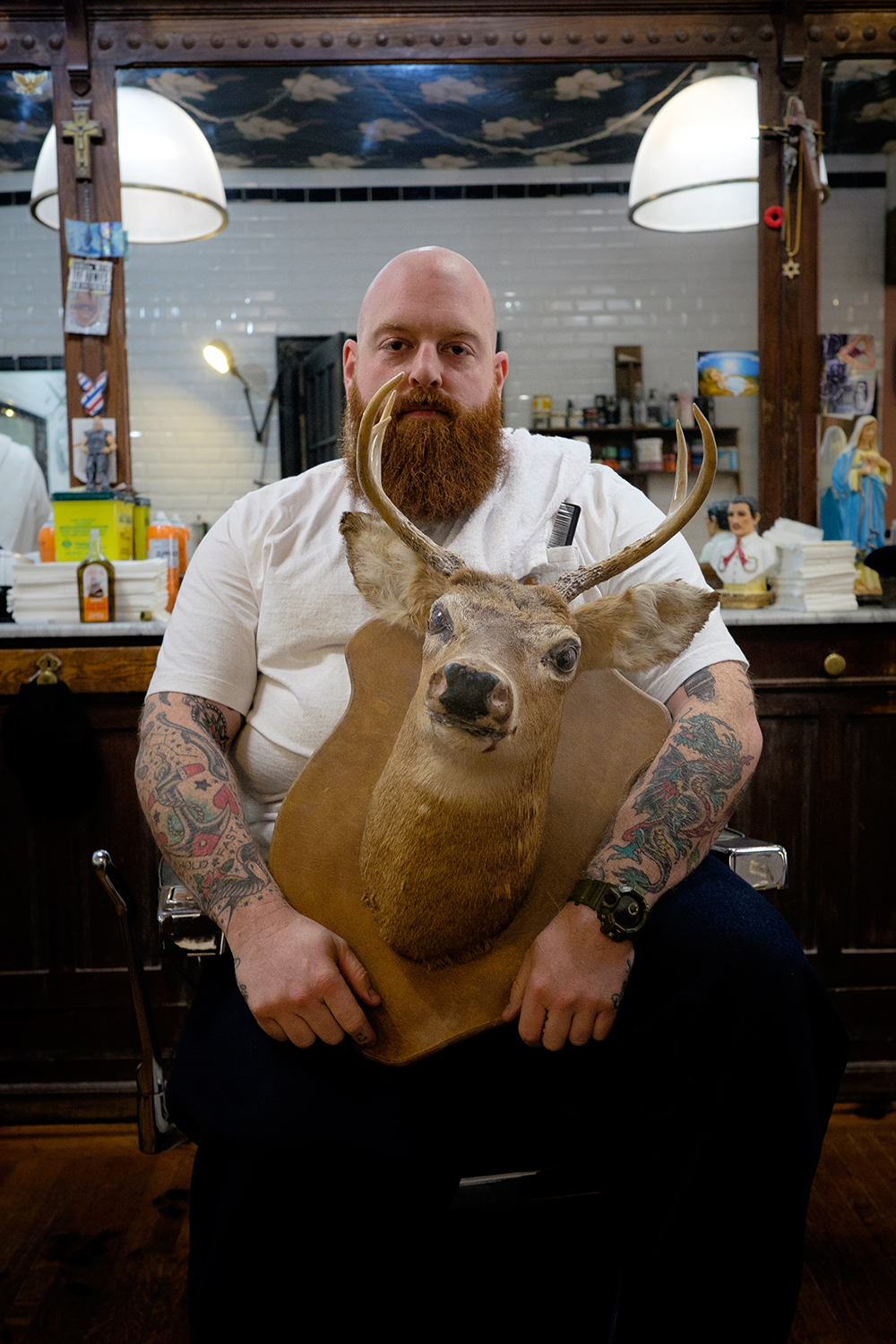
This recent trend has revealed a growing tension in the country’s hinterlands. Urban hunters now rush into the woods without the critical knowledge of the land that has traditionally been passed down from more experienced woodsmen. Social media is exposing a legacy of hypocrisy towards Indigenous hunters. And hunting spots are proving more difficult to find as cities expand. These tectonic changes are forcing a reckoning of what hunting means for Canada — now and in the years to come.
•••
The first hunt, as every veteran will tell you, is an overwhelming experience, a dizzying symphony of adrenaline and anticipation. Breaths become shallow. Eyes dart. Every crack of a twig is a 10-point buck. But a beating heart, those same veterans will say, makes for a bad shot.
Cousineau is one of the lucky ones: most of the group he hunts with are in their sixties and seventies. “Old guys love to teach you shit,” he says. His father never hunted, but two generations back, Jason’s grandfather kept a family of eight children alive on a diet of game meat. “When I’m out there, I think about the wealth of knowledge that’s been lost,” he says. The long bouts of boredom — which often last more than a few days — are also a time to learn from a generation that knows the woods better than he ever might. There’s a lot that can be learned from behind a hunting blind, like how to spot, track, shoot, and dress an animal. The most unnerving lesson: the forest doesn’t care. It doesn’t care how long you’ve been sitting, or that the cold gnaws at your fingers and toes. Some days it rewards patience. Other weeks — or years — it doesn’t.
“An exceptional hunting location is something you pass down to the next generation — not something to casually drop at a Bass Pro Shop.”
For many of the newest acolytes, it’s more about finding great food and being outside than the pursuit of a kill. This is reflected in the growing popularity of hunting and cooking shows, blogs, and podcasts. “The meat itself is really beautiful. It is free-range meat that lived a really good life without factory farming,” says Chris Nuttall-Smith, The Globe and Mail’s former restaurant critic, and current CBC podcast host and judge on Top Chef Canada, who took up hunting in 2012. “I love being in the woods before dawn. I love watching the world wake up,” he says. “The experience of being there, regardless of whether you get an animal, is really beautiful and really quite profound.”
Nuttall-Smith has resisted joining the hunting community; he sees the pursuit of food as entirely independent of hunting culture. “Most of the hunters I’ve met, they’re not quite so nuanced. They just want to kill some shit and hopefully make some jerky,” he says. “I had no one to teach me how to hunt. I am self taught; I read books and I went out by myself and learned slowly how to do it and how to be successful at it.”
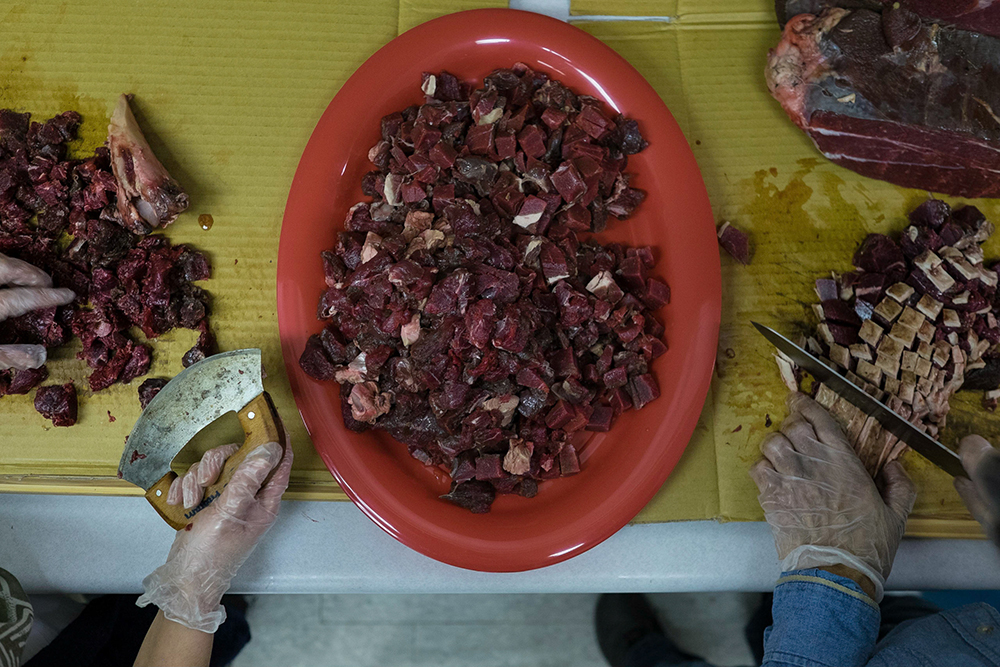
Rob Cesta, a 34-year-old Toronto-based outfitter and experienced hunter, has seen his fair share of rookie mistakes in the woods. Some, he chalks up to nervous banter — using the wrong terms for calibres, eagerly asking a hunter if they got a “kill” — but other transgressions strike him as worrying.
He’s seen hunters out in the woods wearing camouflage, for example, without the mandated bright orange vests for safety.
“I definitely will not hunt on public lands because I know the danger has significantly increased,” Cesta says. On occa- sion, he’s had new hunters accidentally cross onto his private land. “I’m like, what the hell are you doing here? Get off my land — you’re trespassing.” For him, worse than the trespass is the likelihood that the confused hunters will have put their scent on the ground — erasing years of excruciating tracking.
Still, he welcomes the surge in new hunters. “We’re often out there for the same reasons: a love of the land and a deep respect for the animals we’re stalking.”
•••
For most of Canada’s history, hunting was about one thing: survival. Why else would you walk upwards of 15 kilometres a day, for weeks on end, with little promise of success? But for this new breed of hunters, most of whom have ready access to grocery stores teeming with fresh meat, the urgency is gone.
In his book Facing the Hunter, Giller Prize–winner David Adams Richards mourns the loss of the hunter as a hero and provider. More people than ever are leaving rural areas for cities, often taking with them intergenerational knowledge of the woods that will slowly atrophy. “The world no longer belongs to us,” he writes. “In so many ways, we are now in the same position the First Nations people found themselves in. Thinking this, and multiplying it a thousand times, we might begin to realize the tragedy that occurred here four hundred years ago.”
For many Indigenous hunters, that tragedy lives on. As early settlers marched westward, Indigenous communities lost access — by force or government decree — to the areas hunted for generations, leading to widespread starvation. It wasn’t until 1982 that the Indigenous right to hunt and fish was finally enshrined in the Charter of Rights and Freedoms.
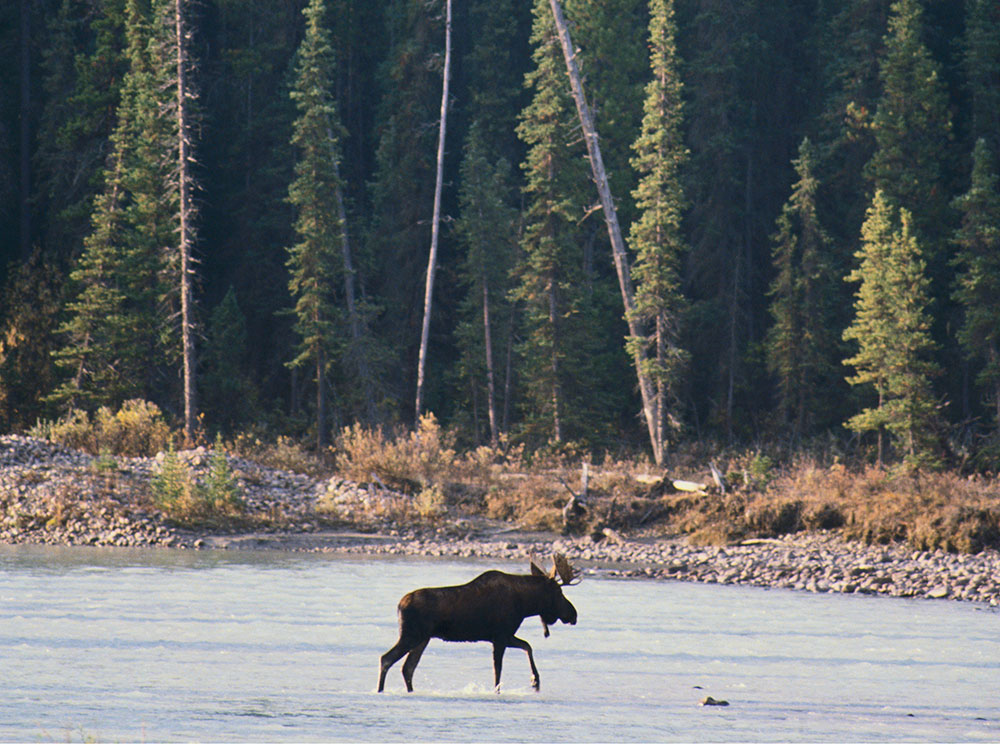
Yet to this day, Indigenous hunters face backlash — often amplified by social media — where urban hunters are otherwise praised. Instagram accounts of notable chefs and foodies portray hunting as a sustainable and morally superior life, and garner hundreds of “likes” in the process. But in December, after the Ontario government permitted members of the Six Nations of the Grand River — a reservation an hour outside Toronto — to hunt deer in Short Hills Provincial Park, an online petition calling for the end to the hunt was shared widely. As hunters entered the park, protesters jeered while trucks passed by the picket line.
“Even with legally harvested game meat, Indigenous chefs and hunters are learning that they still must battle for public approval — approval that appears more easily won by urban hunters.”
The Canadian hunt that still receives the most objection — and yet is likely the most necessary for survival — happens hundreds of kilometres north of the treeline. For the last 30 years, celebrities and conservation groups have protested the Inuit seal hunt, winning a European ban on the trade of pelts. For Inuit communities, the effects have been brutal. Gabriel Nirlungayuk, the former Deputy Minister of the Environment in Nunavut, recalls the devastation it brought to his grandfather’s community. “I saw a broken man,” he says. In spite of near-full reliance on the hunt for survival, the Inuit have had to battle for generations for the right to hunt the vast swaths of ice, rock, and water. “It’s the wild that feeds us, it’s the rivers that feed us. It’s the ocean that feeds us. It’s the land that feeds us,” he says.
And even with legally harvested game meat, Indigenous chefs and hunters are learning that they still must battle for public approval — approval that appears more easily won by urban hunters. When the Toronto restaurant Kukum Kitchen began offering seal tartare on its menu, chef Joseph Shawana was overwhelmed by an online petition to shut down. The petition amassed more than 6,000 signatures. “Such perversion. Are you people in Toronto STARVING??? Is that why you serve seal meat? Because there is no other sane rational reason. You people are beyond sick,” wrote one commenter. Shawana refused to relent, keeping seal and other traditional foods, on the menu.
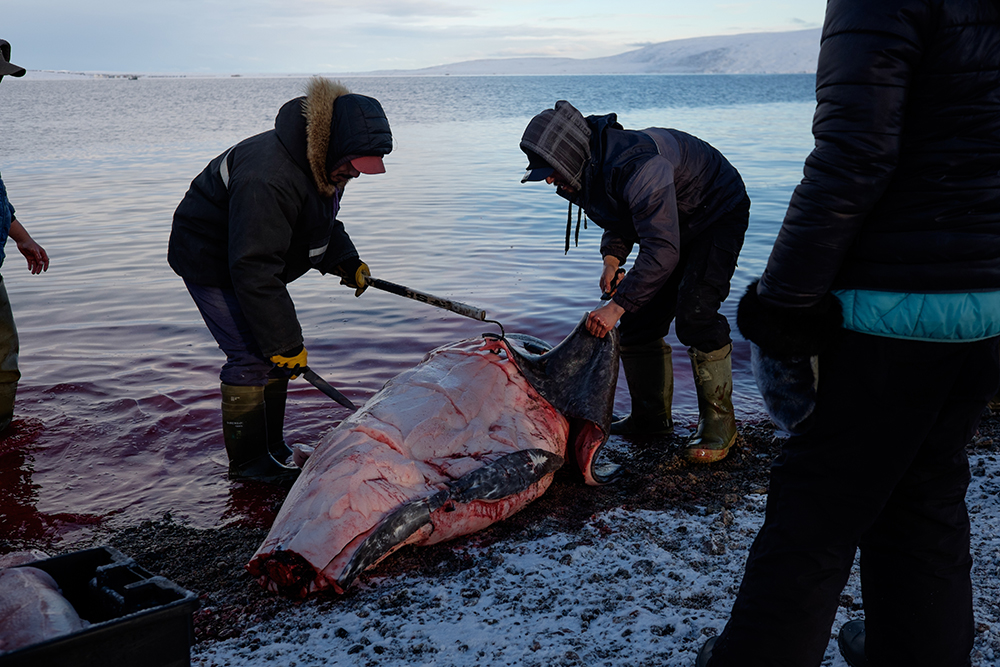
The backlash highlights an uncomfortable reality for Indigenous hunters: the killing of some animals just isn’t acceptable to the broader public. This resistance — often arbitrary in its deployment — is largely ignorant of the deep history of traditional hunts where whales, seals, and polar bears continue to be critical sources of food in hardier areas of the country. Deer and elk, which closely resemble cattle in shape and form, are more palatable to hunter and non-hunter alike.
Hunting has always faced a degree of resistance. But social media is increasingly changing the way hunters and chefs interact with the animals they hunt. “I definitely watch what I post,” says Jermaine Hamilton. Previously a brand manager, the 28-year-old hunting outfitter based out of Toronto understands the whipsaw nature of social media. “I’ll post pictures of me out in the bush, with my guns. But no trophy kills.” He’s seen the way a poorly received image can ruin a reputation — or a business. Social media cuts both ways: it has been an effective recruitment tool not just for his fledgling business, but for helping change the perception of hunting.
Hamilton sees a steady stream of young urban professionals eager to leave the metropolis behind — at least for a few days. “I take a lot of guys out who have never been in the bush,” he says. “For some of them, it’s just enough to go for a walk in the woods. Others want to be able to say ‘Hey, I got this food myself.’”
Hunting involves an intimate connection with the land, says Hamilton, tracking herd movements and finding grazing areas. This takes time. Increasingly, he has noticed older hunters getting cagey about sharing good hunting locations. “They’re the friendliest guys ever. They’ll help you out if they see you in the store, talk your ear off about gear. But when you ask about good hunting spots, they go silent.” An exceptional hunting location is the kind of thing you pass down to the next generation — not something one casually drops at a Bass Pro Shop. In large part, this is a scarcity issue. Land that once promised a good hunt is being overrun with city residents, as cottage country and urban development push boundaries further and further into the forest. “It’s come to the point that for me to find a great hunting spot, I have to drive three hours outside of the city,” says Hamilton.
Cesta has also seen the downside of overeager hunters. “I’ve been to public lands where I thought I would see no one for the entire day. I paddle across the lake, walk through a swamp, and on every single hilltop, there’s an orange vest,” he says. “I’m like, holy shit, now where do I go?”
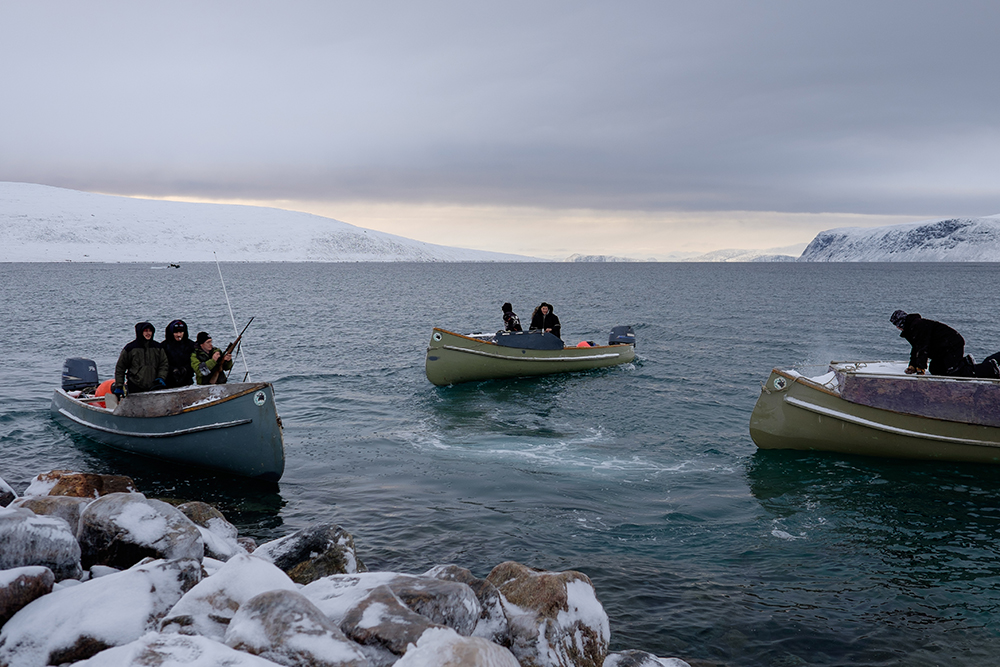
Veteran hunters may be wary of the crowding forests, but provinces love the renewed interest — and the cash that comes with it. In Alberta, hunting tag sales have almost doubled over the last decade. The windfall means more funds are directed towards much-needed conservation efforts to protect herd numbers and parkland.
There is little question these new hunters are bringing changes to the woods. But the cost of these changes is not yet known. As Cesta points out, the wisdom passed down for generations is quite literally dying out. To preserve what he finds most meaningful about the hunt, he envisions a provincial mentorship that brings together new hunters with seasoned woodsmen. At the moment, other than a few small programs scattered throughout the country, nothing exists. Even more beneficial would be mentorship programs that bring in Indigenous communities across the country, better educating new hunters about the history — and challenges — of the hunt.
As cities and towns continue to expand, the cloister of the forest — and the intimate knowledge of it — is quickly becoming a luxury. But it’s one that anyone who spends time on the land knows is worth preserving, especially for inexperienced hunters. “After all those early mornings, days spent in the cold, and the cost of the tag — I still didn’t get anything,” says Cousineau. “But for damn sure I’ll do it again.”
